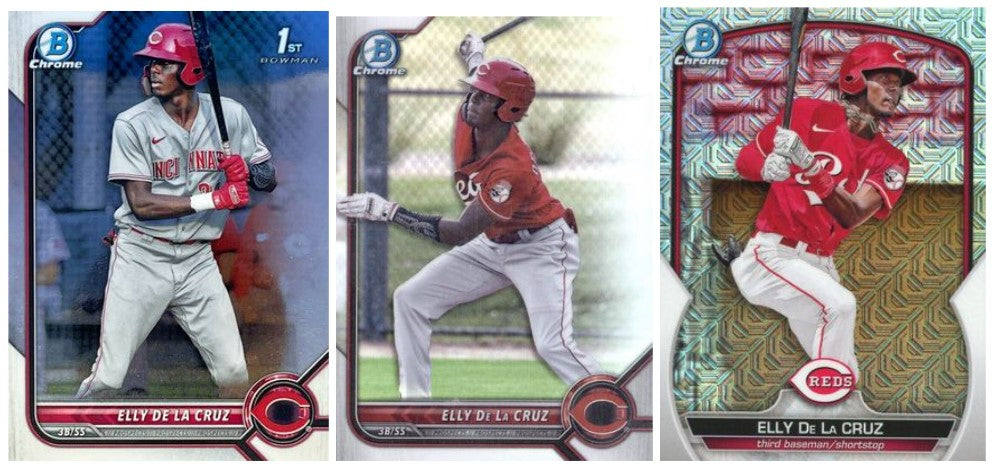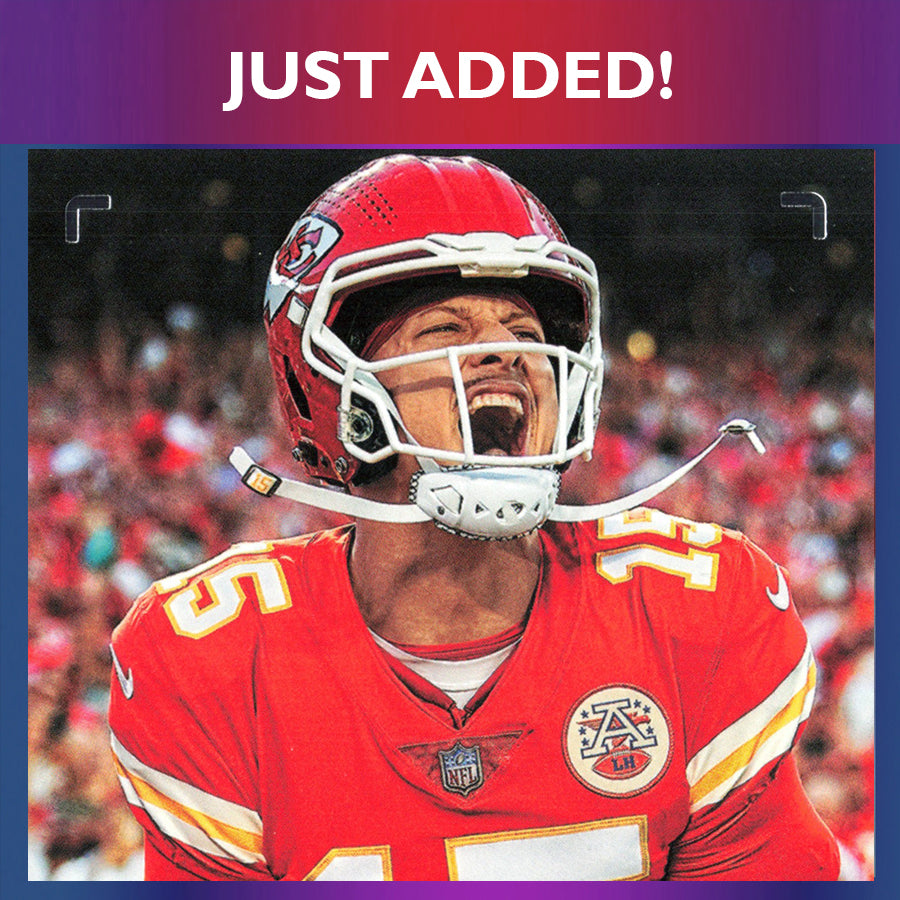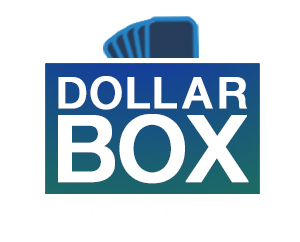This article was originally posted by sports card expert blogger Ryan Barone on BallcardGenius.com and has been repurposed for Dollar Box Cards.
Even after all of these years as a collector and card flipper, I’m still coming across cards I had no idea were so valuable. Part of that is simply not knowing certain cards existed, but other times it’s not knowing the subtle differences that make a card much more valuable than its “regular” counterpart.
So, after coming across enough of these, I thought it would be useful to put together a guide of my sneaky findings and random baseball cards to look out for.
1. Image Variations
I’m going to start broad, and mention the number one type of card people should be looking for when going through cards, and that’s the image variation.
In most baseball card sets, there is a base checklist filled with “regular” base cards for each player. In addition to the base checklist, though, there are sometimes image variations of select players. These SP and SSP image variations look like normal cards, and even have the same checklist number on the back of the card, but the front features a different photo.

Thus, because these cards don’t look special or flashy in any way, they are easy to completely miss when opening packs of cards. That said, there are some patterns to look for (alternate jerseys, street clothes, dugout shots, and other playful images are usually a hint).
In terms of specific examples, some of the most regular instances occur in any of the new Topps baseball cards, but especially flagship products, as is the case with 2023 Topps Series 1, 2, and Update.
With that said, most sets have some type of variation card to look out for. And it’s not just modern baseball. The Derek Jeter 1993 Upper Deck Gold Hologram card is an interesting older example.
2. 1st Bowman Chrome Cards
If you’re getting into collecting modern baseball cards, especially those of up and coming talents, you’ll want to look out for 1st Bowman Chrome cards.
In a nutshell, a 1st Bowman card is a player’s, well, first Bowman card ever printed, and you can tell these cards apart from others thanks to their “1st Bowman” logos:

So, just like you’ll want to know what rookie cards look like, a 1st Bowman is often even more valuable, and is widely regarded as the top chaser card for any modern player.
Now, 1st Bowman cards aren’t without confusion, as there are a number of players who don’t have them, and some players who even have multiple, go figure. But, for the most part, if you’re opening Bowman cards, you’ll want to set the 1st Bowman cards aside in a special pile.
And, in terms of value between the different versions, base “paper” cards are worth the least, 1st Bowman Chrome cards are worth substantially more, and Mojo 1st Chromes are worth even more.
3. Sneaky Serial Numbered Cards
This one isn’t as much of a no-brainer as you might think! Sure, many times a serial numbered card is going to be over-the-top-flashy or be an auto or jersey card—all cards that are easy to spot. But other times, you might not even know you’re holding a serial numbered card.
Some of the more popular scenarios include advanced stat and vintage stock parallels. Both of these parallel cards look almost identical to the main base version of the card, and it’s not until you flip them over that you might notice they are in fact different.
Here is an example—which card is the base card, which is the advanced stat parallel, and which is the vintage stock?

Tough, right? It’s not until you flip the cards over that you can really see the differences between them.
Why does it matter? Well, the advanced stat and vintage parallel cards in the example above are probably valued close to $100 or so, while the base would be lucky to fetch $1.
So as you can see, there are a ton of baseball cards to look for, and we really didn’t even get into particular players. Happy hunting, and please stop by BallcardGenius.com for more card tips, tricks, and advice.



412 comments
XldSLWEReo
zuWHKOkiVvq
EiPrselzwWtA
PyJznBLKfxjXIscO
garcJTIN